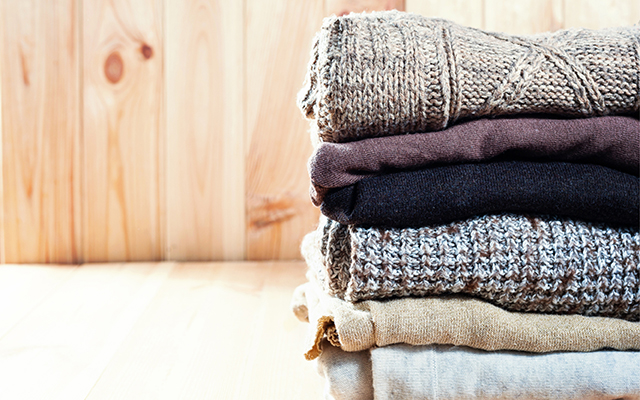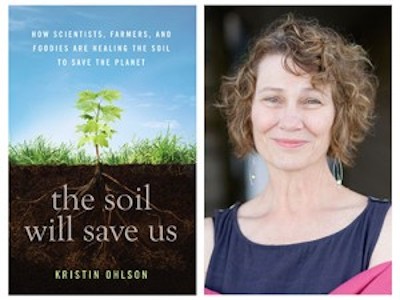In 1995, Marci Zaroff founded the textile company Under the Canopy, one of the first brands in the world to use organically grown cotton for its clothing, bedding, and bath products, and coined and trademarked the term “ECOfashion.” She subsequently built a variety of businesses centered on organic textiles, and today is the founder and CEO of Metawear, a GOTS and Cradle to Cradle Certified producer of sustainably produced apparel, and Farm to Home, an organic home-lifestyle brand launching this summer on QVC. She’s also the author of EcoRenaissance: A Lifestyle Guide for Cocreating a Stylish, Sexy, and Sustainable World.
Zaroff spoke recently with EL about the climate costs of cotton.
Experience Life: Not many of us think of climate change in connection to our clothes. Can you explain the relationship?
MZ: People don’t realize that 10 percent of the world’s carbon impact comes from the fashion industry, which uses over a trillion kilowatt hours a year in energy to produce garments and textiles. It’s also one of the leading producers of air and water pollution — 20 percent of the world’s freshwater pollution is from textile-treatment and dyeing plants. A lot of that pollution is going into our atmosphere, as well.
EL: What’s the deal with cotton?
MZ: Less than 3 percent of the world’s agricultural land is devoted to cotton, but over 20 percent of the world’s insecticides and up to 10 percent of the most harmful pesticides are used by the cotton industry.
Conventional cotton is also grown using GMO seeds, toxic chemicals, and monoculture, which has helped make the farmed soil around the world almost like a reflective shield. Rather than soil sequestering carbon as it does when it’s healthy and biodiverse, depleted, overly farmed soil is dead and blocks the carbon from absorbing. Our “skin of the Earth” has lost its resilience.
Meanwhile, the seeds, 60 percent (by weight) of the cotton plant, go back into the food stream as feed for dairy, and as cottonseed oil for countless snacks and bread products.
So if you’re not buying organic snack foods, you’re likely eating the chemicals used to grow conventional cotton.
Organic cotton farming can help regenerate soil and biodiversity. Healthy, biodiverse soil captures carbon like a sponge and sequesters it.
EL: How is the cotton industry for farmers?
MZ: Every half hour a farmer in India commits suicide as a result of this broken system, by drinking pesticides — mirroring how conventional agriculture is literally killing them.
Many of these farmers are getting stuck on what we call the pesticide treadmill. They’re given seeds by conventional seed companies and promised the world around yield. Then the bugs build resistance and so the farmers have to buy heavier doses of the sprays and more seeds, which are more expensive than what they were using initially. To afford the stronger inputs, they start leveraging their farms to the banks, which are in partnership with the seed companies. This results in farmer despair because they can’t afford all these inputs, they’re not making enough money, and they can barely put food on the table for their families with their income so compromised.
EL: Is organic cotton better for farmers? And what about Fair Trade Certified?
MZ: The current paradigm of conventional cotton farming is one that makes it extremely difficult for farmers to make a living. Fair Trade Certified guarantees living wages for farmers and workers.
I just completed the first-year pilot of my own farm project in India. It’s called RESET, an acronym for Regenerate Ecology, Society, and Economy through Textiles. We’re implementing zero-budget farming of organic cotton, where farmers are weaned off GMO seeds and are trained to produce their own natural inputs. They can make substantially more money, just by virtue of not being dependent on all those outside inputs from commercial seed and chemical companies. At RESET, the farmers also benefit from increased cotton yields and additional income from rotating other crops like legumes, a key methodology of the project.
EL: What do you want people to remember from this interview?
MZ: When it comes to climate change and agriculture, as well as human and planetary health, we need to recognize that it’s not just what you eat that matters, it’s also what you wear.




This Post Has 0 Comments